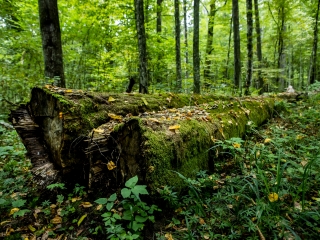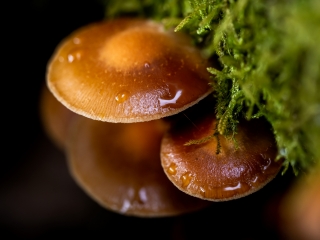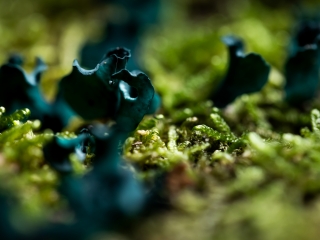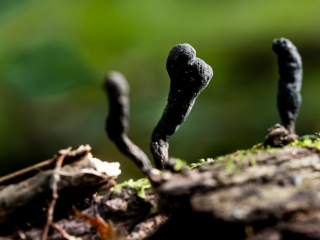The Białowieża Forest is a unique, extremely rich collection of diverse and extensive ecosystems. It combines diverse and numerous natural resources with a network of extremely interesting connections and dynamic ecological processes.
The important natural value of the Białowieża Forest stems from the high biodiversity and functioning of natural forest ecosystems. The expressiveness and uniqueness of the natural area is reflected in the incredible richness of mycobiota.
The Białowieża Forest is a relatively large and well-preserved forest complex. It is distinguished by the presence of forest fragments of an extremely primitive nature and the protection of natural ecological processes. It is referred to as the last lowland natural forest in Europe, or a relic of primary forests. Optimal conditions for the development of many species of mycobiota are provided by well-preserved large-surface, natural forest ecosystems with diverse phytocenoses in terms of habitat and structure.
In terms of the value of mycobiota and its protection, a significant role is played by the low intensity of the use of the Białowieża Forest, and especially the constant (permanent and uninterrupted) presence of decayed wood, with various forms and stages of decomposition. Decayed wood produces specific micro-habitats, the availability and mosaicism of which shapes the diversity of saprotrophic species and the state of their population.
The Białowieża Forest is one of the most important areas where the Macromycetes population can be found in Europe. Białowieża National Park (BPN) is a particularly important stronghold.
In the Białowieża Forest, up to 2010, the presence of approx. 3400 species of Macromycetesand Micromycetes, including approx. 1700 Macromycetes has been described. It is worth emphasising that in the case of almost 200 species, other areas of their occurrence in Poland, and some of them even on a European scale, are still unknown. Moreover, it is estimated that the Macromycetes species that have been identified in Białowieża National Park represent approx. 25% of the European taxa. In the Białowieża Forest, up to 2014, more than 200 species of polyporoid fungi have been identified. In this one place, they are almost a representative for the national species diversity of this group 1, 2.
In Białowieża National Park, until 2010, as a result of inventory work, more than 600 species of Macromycetes have been found. On the other hand, taking into account other available research results and literature data, more than 700 valuable species were distinguished. The report for the BPN conservation plan stresses that the key issue for the most valuable species of mycobiota is to maintain the continuity of the ecological conditions of the stands (mainly in relation to the presence of decayed wood) 3.
The Białowieża Forest is undoubtedly a unique area of diversity of mycobiota in Poland. There are peculiar species of fungi, occurrence of which have not yet been identified in other regions of the country, Europe or the world.
The Białowieża Forest, thanks to its specificity, is an outstanding and universal scientific value, with a huge research potential. It gives us the prospect of discovering new species for science and their biological activity.
1 Karasiński D. 2014. Rarities from the forest Białowieża. Białowieża National Park, Białowieża.
2 Karasiński D., Wołkowycki M. 2015. An annotated and illustrated catalogue of Polypores (Agaricomycetes) of the Białowieża Forest (NE Poland). Polish Botanical Journal 60(2): 217–292. DOI 10.1515/pbj-2015-0034.
3 Karasiński D., Kujawa A., Szczepkowski A., Wołkowycki M. 2010. Białowieża National Park Conservation Plan. Report on protection of species of fungi. Białowieża. In: Plan ochrony białowiego parku narodowego na Lata 2011-2030.







